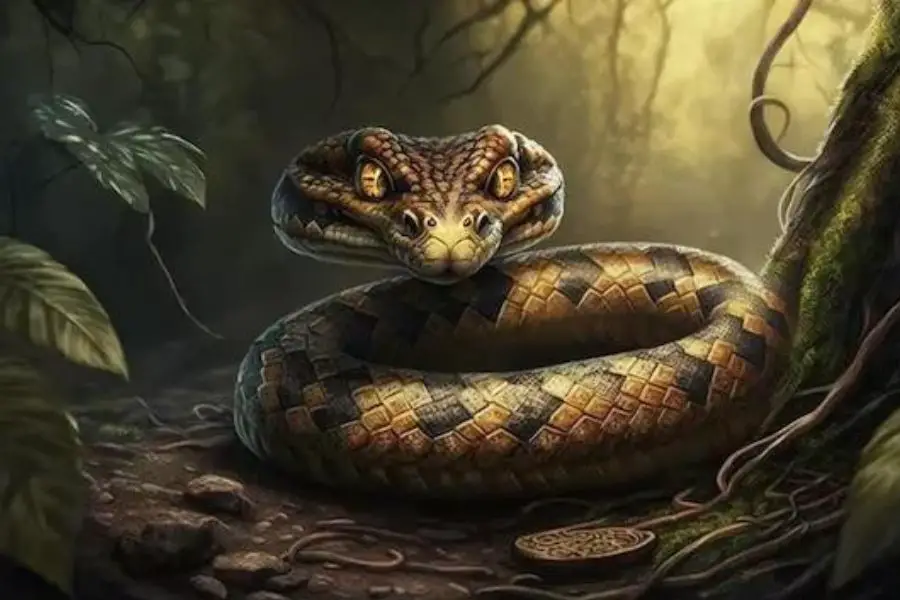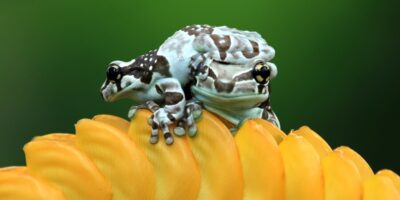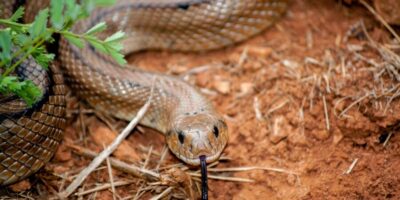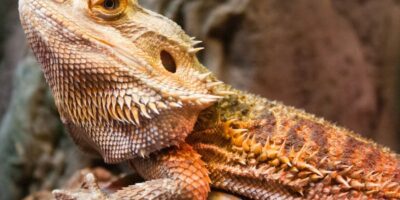In the captivating world of reptile companionship, ball pythons stand out for their mesmerizing patterns and unique behaviors. Among these behaviors, understanding the sleeping habits of ball pythons holds a key role in responsible ownership. As we embark on this exploration, it is essential to first define ball pythons, shed light on their characteristic sleeping behavior, and underscore the broader significance of comprehending the nuances of sleep in reptiles. Delving into the realm of these fascinating serpents unveils a deeper connection between their slumber and their well-being, creating a foundation for an enriching and respectful partnership between owners and their scaly companions.
Natural Sleep Cycle of Ball Pythons
The natural sleep cycle of ball pythons is intricately tied to their nocturnal nature, making them most active during the night. In the wild, these snakes exhibit distinctive hiding and resting patterns, seeking secure and secluded spaces during daylight hours. Their behavior is closely linked to survival instincts, utilizing darkness for hunting and navigating their environment. Understanding the nuances of their sleep cycle sheds light on the innate behaviors that have evolved, providing insights into creating an environment conducive to their well-being in captivity.
Sleep Disturbances And Stress Factors
In captivity, ensuring ball pythons get adequate and quality sleep is crucial for their health and well-being. Creating an ideal sleep environment involves providing secure hiding spots that mimic their natural habitat, allowing these nocturnal creatures a sense of safety during rest. Temperature and lighting play pivotal roles, as maintaining appropriate levels encourages proper sleep cycles. Careful attention must be given to prevent sleep disturbances and identify stress factors, fostering an environment that promotes restful slumber and supports the overall thriving of ball pythons in captivity.
Behavioral Indicators Of Rest
Identifying signs of sleep in ball pythons involves keen observation of behavioral indicators that signify moments of rest. During sleep, these snakes often exhibit a calm and still demeanor, with reduced activity levels compared to their awake state. Observing their preference for tucked or coiled positions in hiding spots is a common behavioral sign of sleep. Differentiating sleep from other states, such as lethargy or stress, requires a nuanced understanding of their natural behaviors, ensuring that caretakers can accurately interpret and respond to the unique signals that indicate a ball python’s restful state.
Physical Changes During Sleep
Physical changes during sleep in ball pythons are subtle yet noteworthy. When in a state of rest, these snakes may adopt relaxed and loosely coiled body postures, indicative of a restful slumber. The typical alertness and responsiveness associated with wakefulness diminish during sleep. Additionally, their eyes may appear closed or partially closed, reflecting a state of relaxation. Observing these physical changes provides valuable insights into the sleep patterns of ball pythons, allowing caretakers to better understand and cater to their reptilian companions’ needs for rest and rejuvenation.
Factors Affecting Sleep Patterns
Factors affecting the sleep patterns of ball pythons are diverse and can vary based on different elements. Age and developmental stages play a role, as younger snakes may have different sleep requirements compared to adults. The overall health and well-being of the snake also impact sleep, with illness or stress potentially influencing rest patterns. Seasonal variances, including changes in temperature and daylight hours, can further affect sleep behaviors. Understanding these factors is crucial for creating an environment that supports the natural sleep patterns of ball pythons and promotes their overall health and contentment.
Sleep And Ball Python Enrichment
Sleep is an integral aspect of a ball python’s well-being, and incorporating enrichment into their sleep environment is essential for their contentment. Providing suitable hiding spaces is crucial, as it allows these snakes to emulate their natural inclination to seek secure and secluded spots for rest. Mimicking natural sleep conditions involves creating a habitat that mirrors the darkness and tranquility of their wild environment, promoting a more restful slumber. By catering to these needs, owners contribute to the enrichment of their ball pythons’ lives, ensuring they experience sleep as a rejuvenating and stress-free activity.
Balancing Activity And Rest
Balancing activity and rest is a key consideration in the care of ball pythons. While ensuring they have opportunities for exploration and engagement is crucial, it’s equally important to respect their need for rest and downtime. Providing a well-rounded environment that encourages physical activity and mental stimulation during wakeful periods, balanced with secure hiding spaces and conducive sleep conditions, contributes to the overall health and happiness of ball pythons. Striking this balance is essential for a harmonious and enriched lifestyle for these unique reptile companions.
Common Misconceptions
Common misconceptions about ball python sleep often stem from misunderstandings of reptilian behavior. One prevalent myth is the notion of snake hibernation, where owners might mistake a ball python’s restful period for a form of hibernation. In reality, these snakes are not true hibernators but rather exhibit natural sleep patterns influenced by factors like temperature and light.
Understanding unusual sleeping behaviors is crucial for dispelling misconceptions. Ball pythons may adopt peculiar postures or remain motionless for extended periods, which can be misinterpreted as illness or stress. In reality, these behaviors often align with the snake’s natural tendencies, such as utilizing hiding spaces for security.
Addressing concerns about sleep duration is another essential aspect. Some owners may worry if their ball python seems to sleep for extended periods. However, ball pythons are known for being more sedentary, and longer sleep durations are typically within the range of normal behavior. By debunking these myths, owners can foster a more accurate understanding of ball python sleep, promoting responsible care and a stronger bond with these captivating reptiles.
Conclusion
In conclusion, delving into the intricate world of ball python sleep has provided valuable insights. We’ve explored key aspects such as their natural sleep cycle, behavioral indicators, and factors influencing sleep patterns. Recognizing the importance of responsible ownership, we’ve highlighted the need for creating ideal sleep environments and debunking common misconceptions.
By emphasizing a deeper understanding of serpentine sleep patterns, we empower owners to cater to the unique needs of their ball pythons, promoting not only physical well-being but also a more enriched and respectful connection between humans and these remarkable reptiles. In fostering a mindful and informed approach, we ensure a harmonious coexistence that enhances the lives of both caretakers and snakes.




